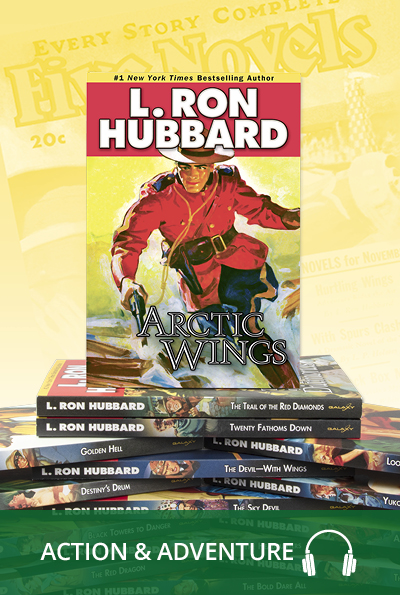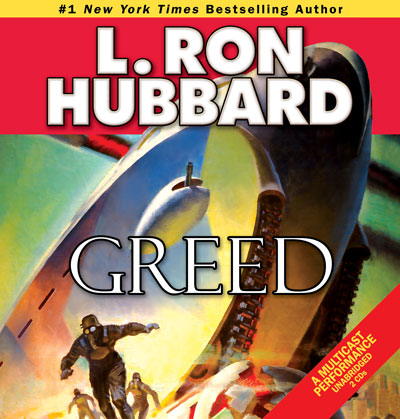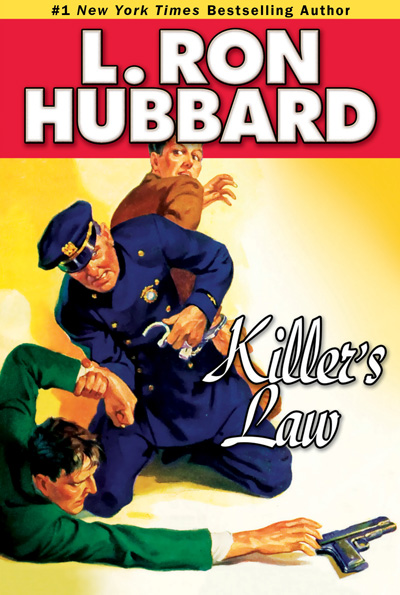There are all kinds of crazy, but there’s only one Yukon Madness. And Royal Mountie Tommy McKenna has seen first-hand the terror that follows in its wake … his partner murdered and fed to a pack of wolves.
But that’s only a taste of the horrors to come. Bent on revenge, McKenna sets out to find the madman himself—a monster who goes by the name Itauk. He quickly finds, however, that there’s only one way to get to the beast—through the man’s raven-haired beauty of a girlfriend, Raja.
But whose side is Raja on? Can McKenna win her over? Or will he too end up dead meat? The bait has been cast, the scent has been taken, and the trap has been set. The only question is, who is the predator and who is the prey?
Also includes the adventures “The Cossack,” which takes place in revolutionary Russia and explores the high price one man pays for refusing to kiss a Duchess; and “The Small Boss of Nunaloha,” the exotic story of a man who may be short, but who stands tall when it comes to defending his turf—an island in the Pacific.
Performers: R.F. Daley (narrator), Jason Faunt, James King, Christina Huntington, Max Williams, Enn Reitel, Keli Daniels, and Rick Pasqualone.
SAMPLE
ABOUT THE AUTHOR
L. Ron Hubbard never wrote a word, conceived a character, or described a setting without first finding out all he could about the people and places that drove his stories. He wrote: “I began to search for research on the theory that if I could get a glimmering of anything lying beyond a certain horizon, I could go deep enough to find an excellent story. I began to read exhaustively. I wanted information and nothing else.” His exhaustive research—and search for the excellent story comes through in this book three times over.
Yukon Madness Glossary
Stories from the Golden Age reflect the words and expressions used in the 1930s and 1940s, adding unique flavor and authenticity to the tales. While a character’s speech may often reflect regional origins, it also can convey attitudes common in the day. So that readers can better grasp such cultural and historical terms, uncommon words or expressions of the era, the following glossary has been provided.
Banda Sea: the sea of the south Moluccas (a group of about one hundred and fifty islands) in Indonesia, technically part of the Pacific Ocean but separated from it by the islands.
blackbirded: engaged in the slave trade, especially in the Pacific.
“Boots and Saddles”: a bugle call alerting cavalrymen to put on their riding boots and saddle their horses. There are many different bugle calls, each with its own meaning and essential to all military communication. The enlisted soldier’s life was regulated by them. The primary bugler was assigned to the headquarters staff and kept close to the commander at the front.
carbine: a short light rifle; originally used by soldiers on horseback.
Cossack: a member of a people of Southern European Russia and adjacent parts of Asia, noted as cavalrymen, especially during tzarist times.
curb bits: bits used to control a horse’s action by means of pressure on the reins. A curb bit consists of the actual bit with a chain or strap attached, passed under the horse’s jaw.
devil-may-care: wildly reckless.
el diablo: (Spanish) the devil.
fo’c’s’le: in merchant vessels, the forward part of the vessel, under the deck, where the sailors live.
G-men: government men; agents of the Federal Bureau of Investigation.
governador: (Portuguese) governor.
Haviland: Haviland & Co, established in 1842 in Limoges, France. The company is known for its fine china with hand-painted and custom designs.
Hudson Bay: a large inland sea in the northeast of Canada. On the east it is connected with the Atlantic Ocean and on the north with the Arctic Ocean.
hummock: a ridge or hill of ice in an ice field.
igdlu or igdlut: (Eskimo) igloo or igloos; an Eskimo house, usually made of sod, wood or stone when permanent, or of snow and skin when temporary.
jib: small foremost sail; a small triangular sail in front of the main or only mast on a sailing ship or sailboat.
kamik: (Eskimo) a knee-high waterproof boot with a hard sole, made of sealskin.
Lazarus: a man whom Jesus raised from the dead.
Lee-Enfield: a standard bolt-action magazine-fed repeating rifle; the British Army’s standard rifle for over sixty years from 1895 until 1956, although it remained in British service well into the early 1960s and is still found in service in the armed forces of some Commonwealth nations.
longboat: a large boat that may be launched from a sailing ship.
Melanesians: people native to a division of Oceania in the southwest Pacific Ocean, comprising the islands northeast of Australia and south of the equator. It includes the Solomon Islands. The Melanesian people primarily fish and farm, and supplement their economy by exporting cacao, copra (coconut) and copper.
por Dios: (Spanish) for God’s sake.
rapier: a small sword, especially of the eighteenth century, having a narrow blade and used for thrusting.
rudder: a broad, flat, movable piece of wood or metal hinged vertically at the stern of a boat or ship, used for steering.
Russia’s Revolution: the rebellion in Russia in 1917 that occurred in two stages, the first leading to the overthrow of the tzarist government and establishment of a provisional government (March 1917) and the second, replacing this government with the Soviet government led by Lenin (November 1917) that led to a period of civil war that ended in 1922.
saber chain: a chain on an officer’s uniform, worn on the left side at waist level, to which the scabbard is attached.
Scheherazade: the female narrator of The Arabian Nights, who during one thousand and one adventurous nights saved her life by entertaining her husband, the king, with stories.
schooner: a fast sailing ship with at least two masts and with sails set lengthwise.
scow: an old or clumsy boat; hulk; tub.
senhor: (Portuguese) a title of courtesy equivalent to Mr. or sir.
Timor: an island at the south end of a cluster of islands located between mainland southeastern Asia and Australia. The island has been politically divided in two parts for centuries: West Timor, which was known as Dutch Timor from the 1800s until 1949 when it became Indonesian Timor; and East Timor, which was known as Portuguese Timor from 1596 until 1975.
Tommy guns: light portable automatic machine guns.
White Russians: Russians who fought against the Bolsheviks (Russian Communist Party) in the Russian Revolution and fought against the Red Army during the Russian Civil War from 1918 to 1921.
Yukon Territory: the westernmost of Canada’s three territories, it is positioned in the northwest corner, bordering Alaska. Yukon is known as “the land of the midnight sun” because for three months in summer, sunlight is almost continuous. In winter, however, darkness sets in and the light of day is not seen for a quarter of the year.











